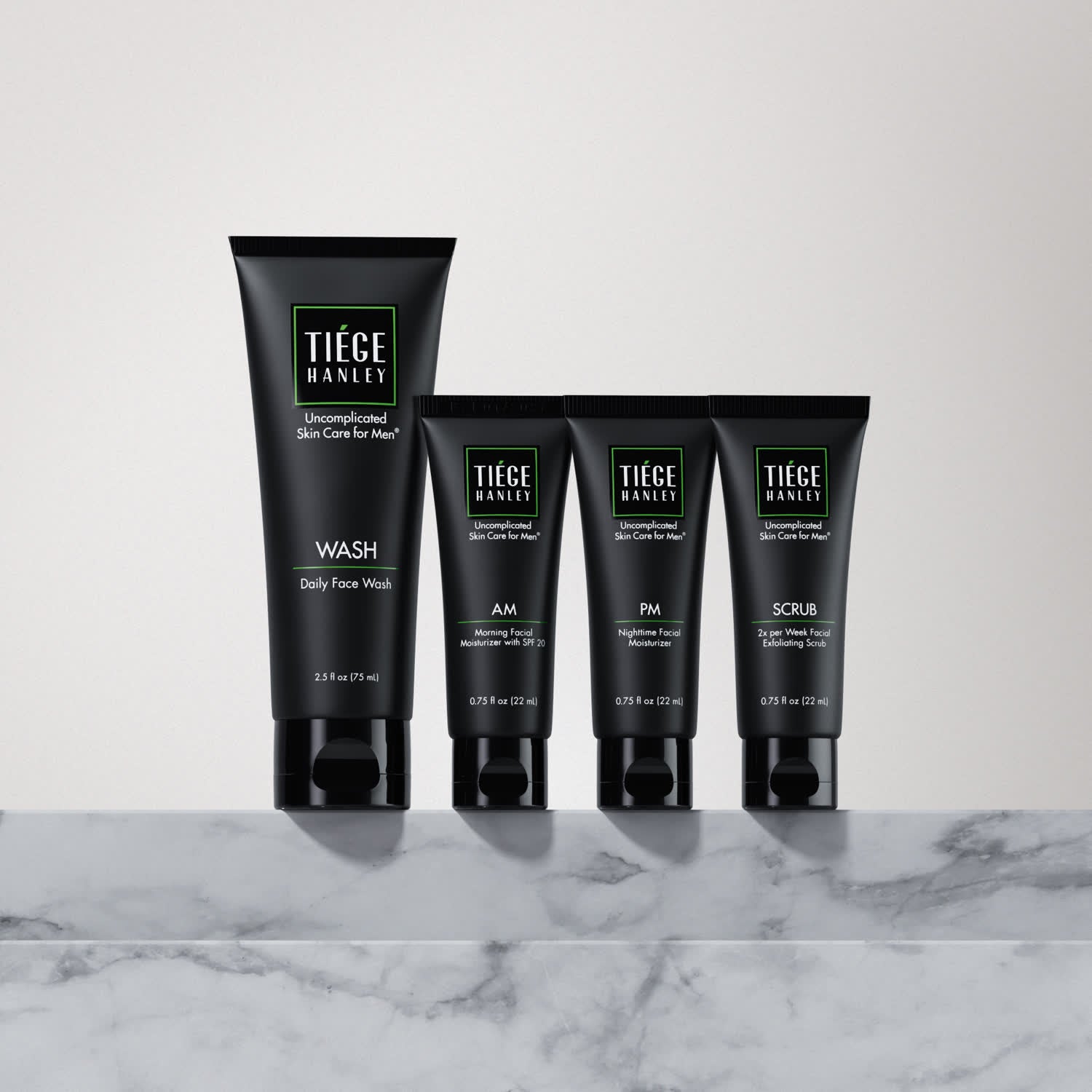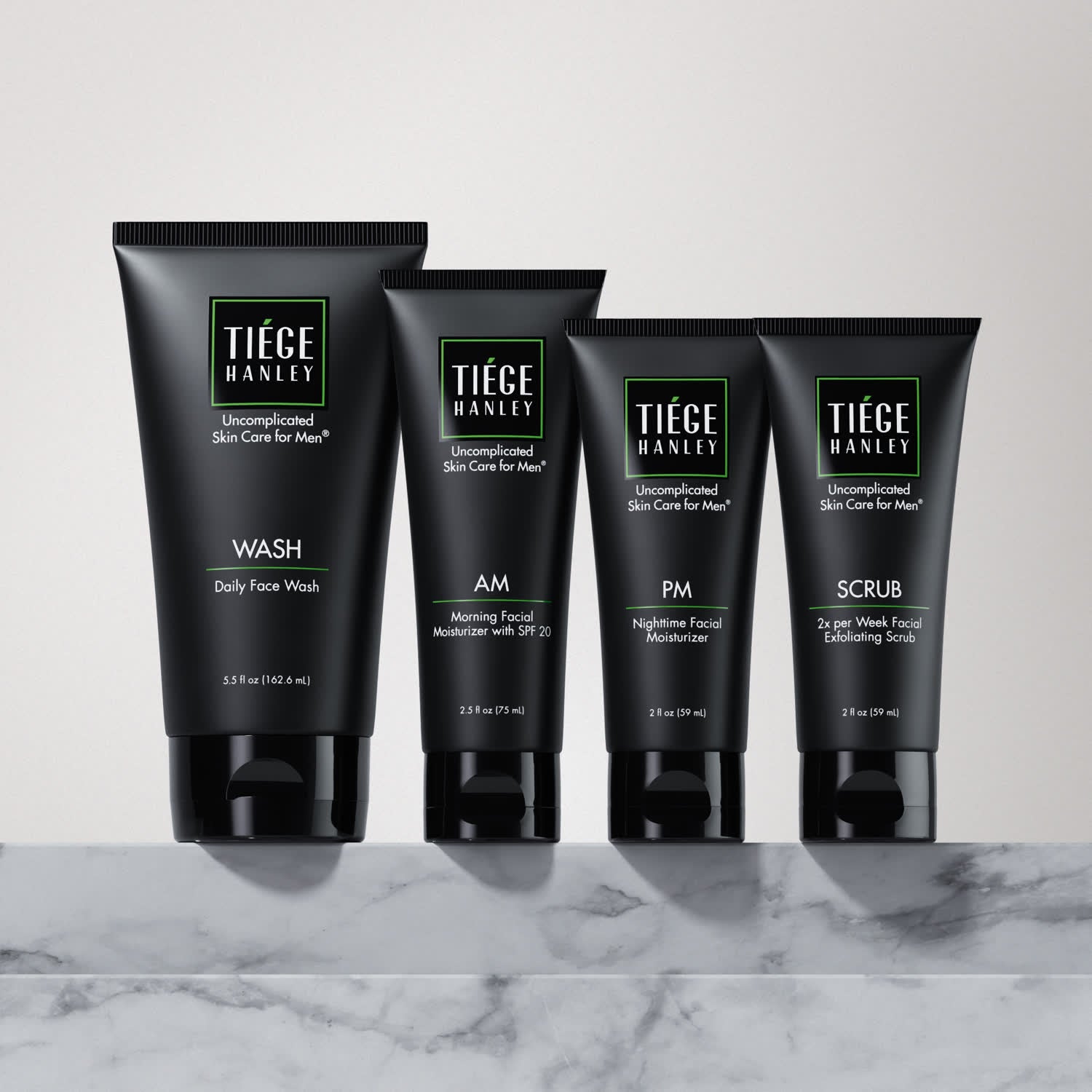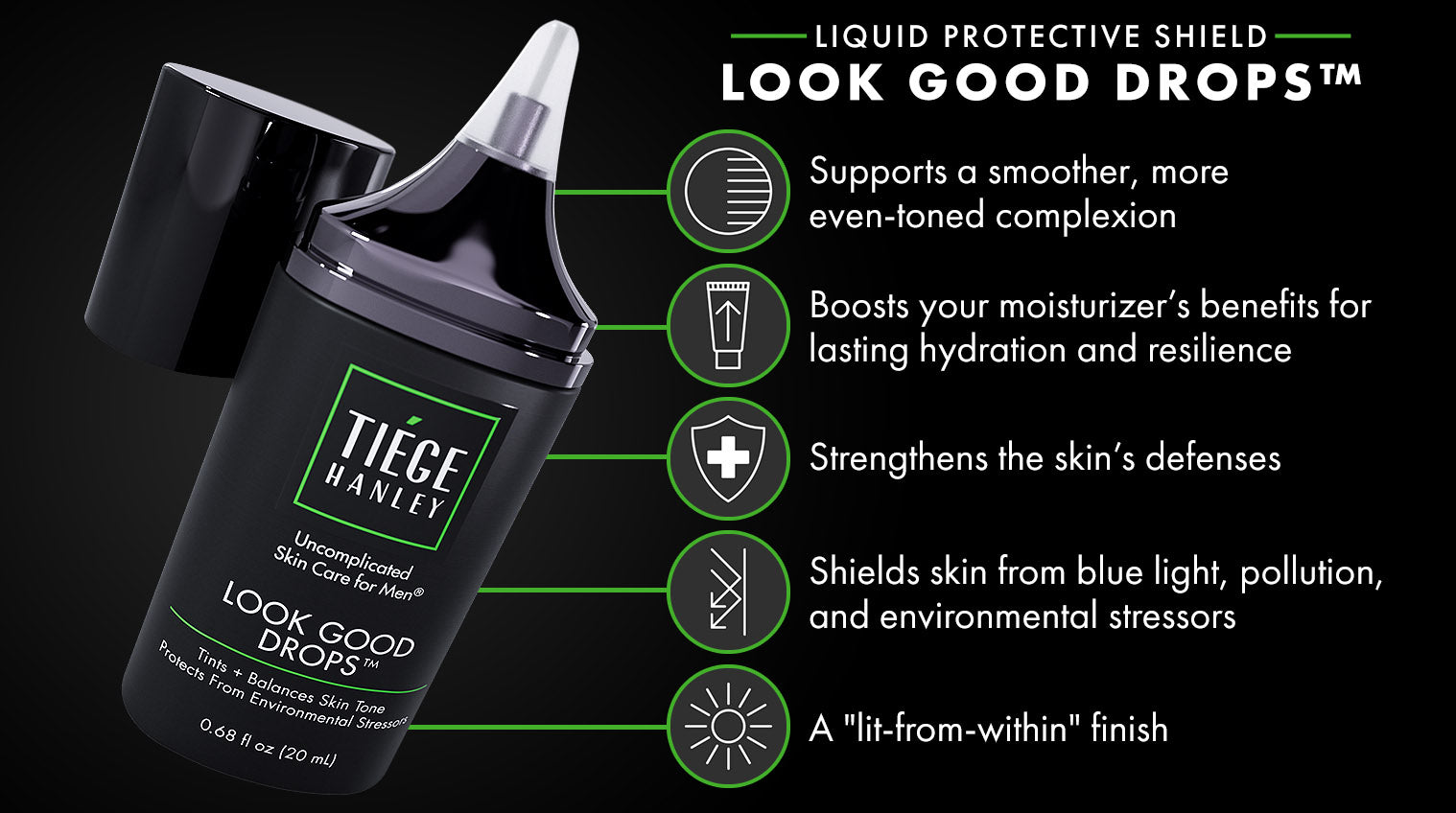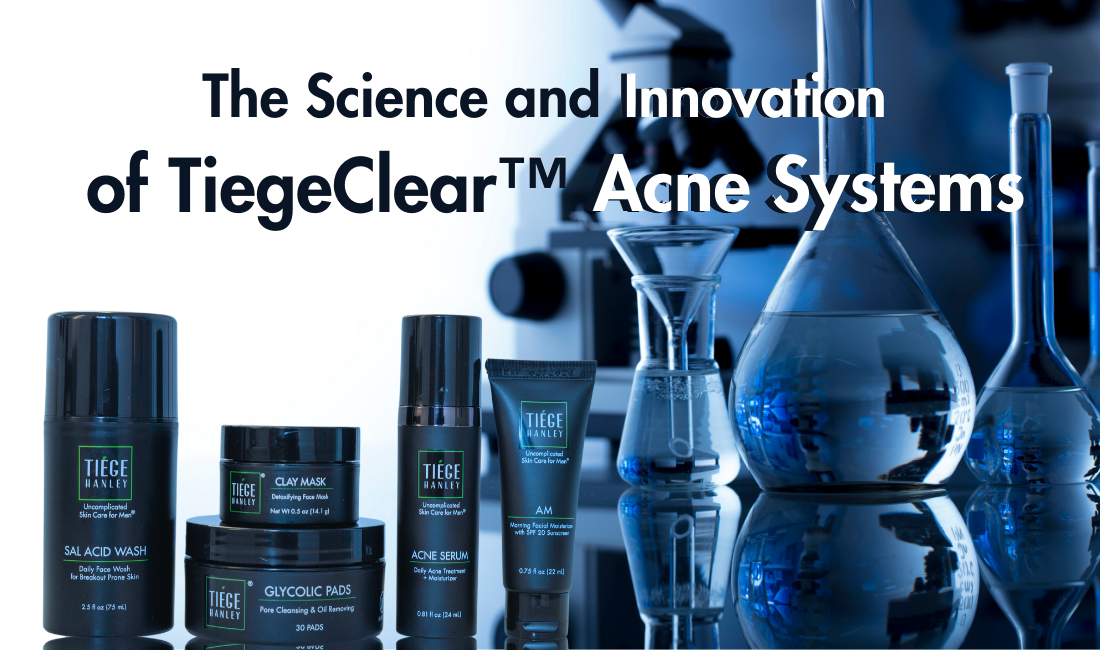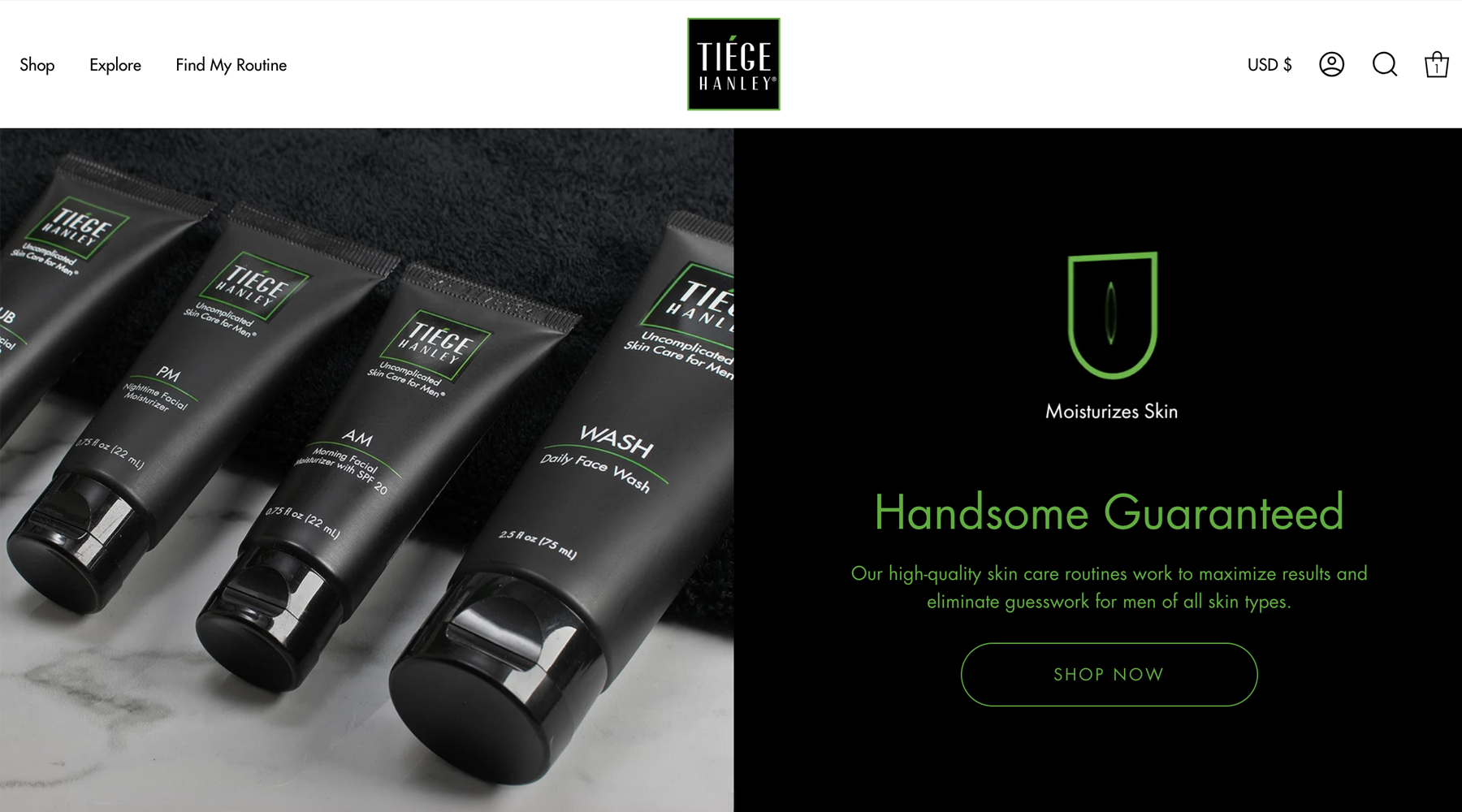Stroll through the deodorant aisle at your local grocery store and you’re sure to find a variety of “natural” deodorants claiming to be aluminum-free.
This begs the question: Is aluminum in deodorant bad?
It depends on who you ask.
Some people have raised concerns about the potential for aluminum compounds to cause cancer.
However, many cancer organizations and scientists have repeatedly stated that there is no conclusive evidence to back up this claim.
What should you believe?
Does deodorant cause cancer or not?
It can be difficult to know what’s fact and what has been completely blown out of proportion.
To get to the bottom of the issue, we’re going to dive deeper into this supposed link between deodorant and cancer.
Here are three things you should know about the potential link between deodorant and cancer:
- The rumor deodorant causes cancer first began circulating the Internet in the late 1990s.
- Scientific evidence does not support the claim that deodorant causes cancer.
- Unless your skin reacts poorly to aluminum, using a conventional deodorant is considered safe.

Deodorant and Cancer: The Claims
The rumor deodorant causes cancer first started making the rounds in 1999 via email chain letter.
In the viral email, the authors claimed underarm antiperspirants contained harmful chemicals that could be absorbed by the skin and contribute to the development of breast cancer.
The email also suggested that:
- Antiperspirants prevent the body from getting rid of harmful toxins which build up in the lymph nodes and cause cancer.
- Most breast cancer cases develop in the upper outer quadrant of the breast, which is the closest to the armpit.
- Antiperspirant ingredients may be absorbed more easily through shaving nicks and micro-cuts in the skin.
All of these claims are hotly disputed within the scientific community.
But in the early aughts, there were few scientific studies that explored the potential link between deodorant and breast cancer.
Today, we now have a growing body of research that has explored this topic at many different angles.
Some say the studies support the original claims, while others, including the National Cancer Institute, hold that such claims are completely bogus.
CONTROL EYE BAGSA Breakdown of the Evidence
Does deodorant cause breast cancer? The short answer is no.
At least, there is still not enough conclusive evidence to support this claim.
Claim #1: Toxins Can Build Up in the Lymph Nodes
Let’s start with the claim that antiperspirants somehow prevent your body from “purging toxins” via perspiration.
The reasoning behind this claim is flawed because lymph nodes are not connected to apocrine glands, the sweat glands found under the armpits and the groin that can give you a funky smell.

Additionally, breast cancer starts in breast tissue and spreads to the lymph nodes, not the other way around.
There is also no compelling evidence to suggest that blocking sweat glands via antiperspirant can lead to the accumulation of “toxins.”
Claim #2: The Majority of Breast Cancers Begin in the Upper Outer Quadrant of the Breast.
This claim is true.
According to a 2005 study published in the Journal of Inorganic Biochemistry, most breast cancer cases do indeed begin in the upper outer quadrant of the breast (see claim: Clinical studies showing a disproportionately high incidence of breast cancer in the upper outer quadrant of the breast together with reports of genomic instability in outer quadrants of the breast provide supporting evidence for a role for locally applied cosmetic chemicals in the development of breast cancer.”)
However, there is still no conclusive evidence proving the ingredients in antiperspirants are responsible for this.
In a 2014 review published in Critical Reviews in Toxicology, researchers concluded that there was no substantial evidence showing that underarm antiperspirants could increase the risk of breast cancer (see claim: “Neither is there clear evidence to show use of Al-containing underarm antiperspirants or cosmetics increases the risk of AD or breast cancer.”)
TAKE THE SKIN CARE QUIZClaim #3: Shaving Nicks Under the Armpit Can Increase the Risk of Breast Cancer
Onto the third claim: Does shaving increase your risk of breast cancer?
Again, the answer is no.
In a 2002 study published in the Journal of the National Cancer Institute, researchers explored the possible link between antiperspirant use and breast cancer in women aged 20-74 years.
Their results showed that shaving and using antiperspirant or deodorant did not increase the risk of breast cancer (see claim: “The risk for breast cancer did not increase with any of the following activities: 1) antiperspirant (OR = 0.9; P =.23) or deodorant (OR = 1.2; P =.19) use; 2) product use among subjects who shaved with a blade razor…”)
The Bottom Line
In summation, there is no good reason to believe that your favorite deodorant causes breast cancer.
However, that doesn’t mean that your deodorant is safe for your skin. If you have an aluminum allergy, for example, it makes sense to choose an aluminum-free deodorant over a conventional antiperspirant.
The same can be said for your skin care products.
Always read the ingredients label and know what you’re putting on your body.
Your skin will thank you for it.
References
Darbre, P. D. “Aluminium, Antiperspirants and Breast Cancer.” Journal of Inorganic Biochemistry, vol. 99, no. 9, Sept. 2005, pp. 1912–19. ScienceDirect.
Willhite, Calvin C., et al. “Systematic Review of Potential Health Risks Posed by Pharmaceutical, Occupational and Consumer Exposures to Metallic and Nanoscale Aluminum, Aluminum Oxides, Aluminum Hydroxide and Its Soluble Salts.” Critical Reviews in Toxicology, vol. 44, no. sup4, Taylor & Francis, Oct. 2014, pp. 1–80. Taylor and Francis+NEJM.
Mirick, Dana K., et al. “Antiperspirant Use and the Risk of Breast Cancer.” JNCI: Journal of the National Cancer Institute, vol. 94, no. 20, Oxford Academic, Oct. 2002, pp. 1578–80.



